

Observing and asking questions are essential parts of what a scientist does. Through their observations, scientists try to build more accurate explanations of how the world works. The scientists ...
READ MORE

Position: Former Research Scientist, NIWA. Currently Expedition leader Field: Atmospheric chemistry Dr Katja Riedel was a research scientist with NIWA and, at present, is based in Wellington. She ...
READ MORE

Fires behave differently in different situations. Fire behaviour in the outdoors is quite different from the behaviour of fire inside a building or structure. The biggest difference is that ...
READ MORE

In this activity, students identify and define fire risks, outdoors and indoors, using a provided image of a rural scene and an indoor scene they draw themselves. By the end of this activity ...
READ MORE

In this activity, students examine the role of heat as water changes from a solid to a liquid to a gas and back again. By the end of this activity, students should be able to: identify a logical ...
READ MORE
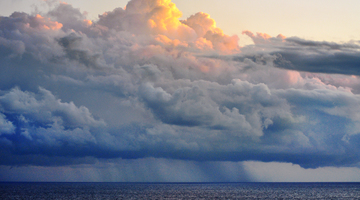
In this activity, students watch a short slide show presentation explaining what precipitation is and how clouds form. By the end of this activity, students should be able to: explain what ...
READ MORE

Weddell seals and orca are among the top predators in the Ross Sea region of Antarctica, and more than half of the Weddell seal population can be found in the Ross Sea. Information about changes ...
READ MORE
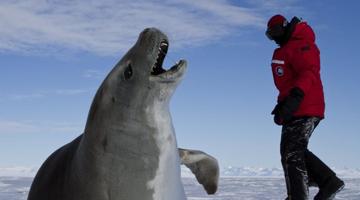
Antarctica’s crabeater seals are the focus of an international study led by the University of Canterbury. The aim is to understand potential environmental and social impacts on one of the ...
READ MORE
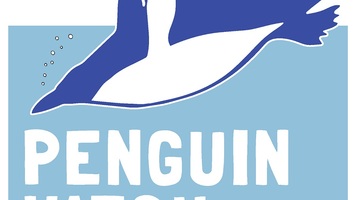
Help scientists establish valuable baseline data about the numbers, locations, habits and health of penguins in a range of Southern Ocean sites. This information will enable better understanding ...
READ MORE
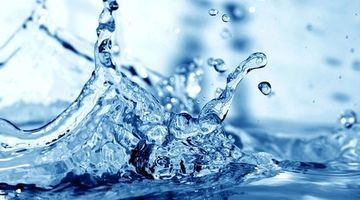
About 70% of Earth’s surface is covered by water. It is found just about everywhere and is the only naturally occurring substance on Earth existing in solid, liquid and gas states. Water is ...
READ MORE
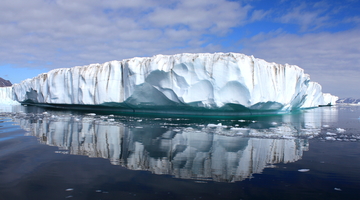
Climate change is one of the world’s big issues. It is also a big topic to tackle in the classroom. The Hub’s planning pathways interactive suggests ways in which climate change can be broken ...
READ MORE

Fire is generally portrayed as frightening and destructive by the media. Humans have increasingly been able to manage fire by improved detection ability and improved fire control methods. In the ...
READ MORE
NIWA scientist Dr Katja Riedel travels to Antarctica to collect 300-year-old ice samples. She studies the ice to learn how our atmosphere has changed over the centuries.
READ MORE
Scientists observe water in its different forms to develop explanations of how the world works.
READ MORE
Dr Katja Riedel of NIWA explains why she enjoys her research in Antarctica and what fascinates her about this place.
READ MORE
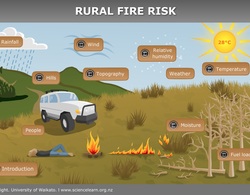
An interactive on rural fire risk – environmental components. Click on the labels for more information. Select here to view the full transcript and copyright information.
READ MORE

This slideshow explains what precipitation is and how clouds form. Use the Slideshow menu for further options, including view full screen, and go here for the download option.
READ MORE
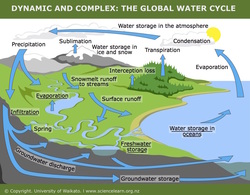
Water in the Earth system is influencing all aspects of life on Earth. Pathways, storage, transfers and transformations have an effect on the global climate and human welfare. Within this ...
READ MORE